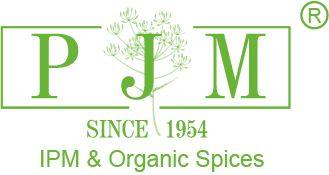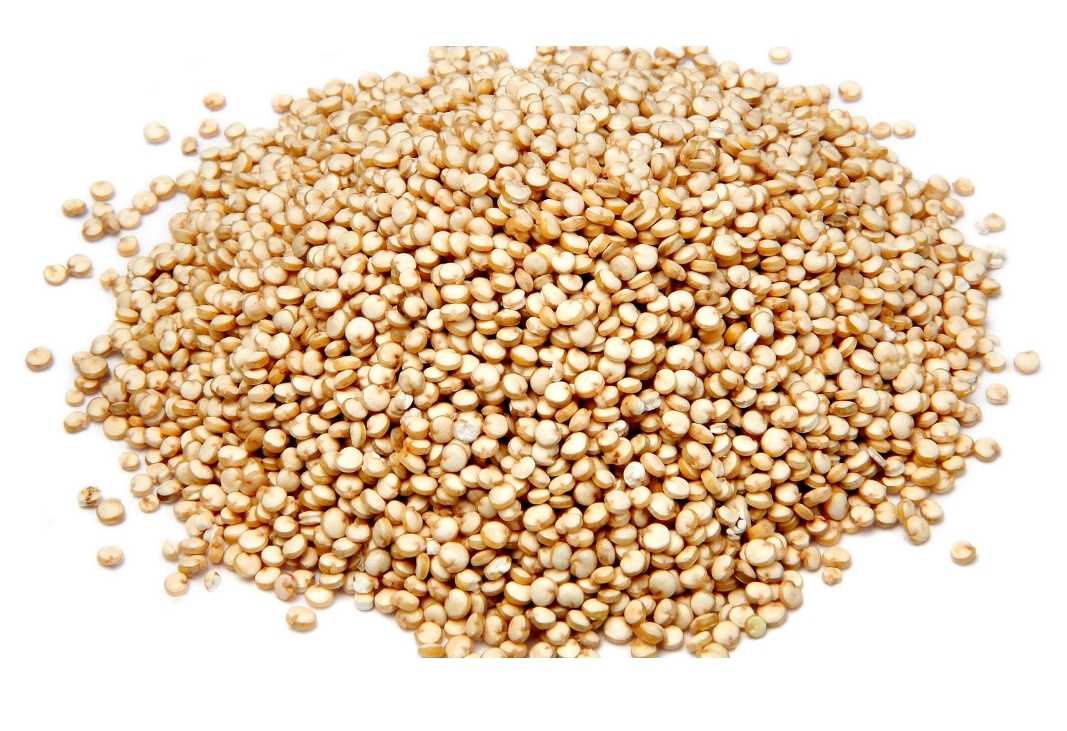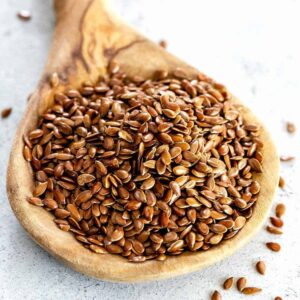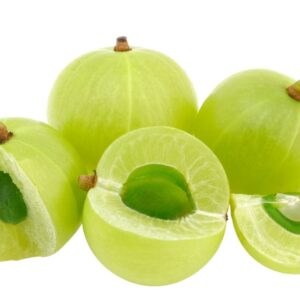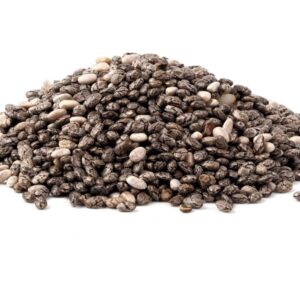Botanical Overview
Family: Amaranthaceae
Plant Type: Herbaceous annual
Height: Typically 1.5 to 2 meters
Leaves: Broad, lobed, and powdery
Flowers: Small, green, and clustered in panicles
Seeds: Small, round, and come in various colors, including white, red, black, and purple
Quinoa is botanically related to spinach and amaranth, not a true cereal grain. Its seeds are encased in saponins, bitter compounds that must be removed before consumption.
Container Capacity
| Type Of Container | SPECIFICATIONS |
| 20 Feet | 22 Metric tons (MT) |
| 40 Feet | 27 Metric Tons (MT) |
Cultivation and Global Production
Quinoa thrives in high-altitude regions with cool temperatures and well-drained soils. While traditionally grown in the Andes, quinoa is now cultivated in over 70 countries, including the United States, Canada, and parts of Europe.
Nutritional Profile
Quinoa is rich in:
Protein: Approximately 8 grams per cooked cup; contains all nine essential amino acids, making it a complete protein source
Fiber: Around 5 grams per cooked cup, aiding digestion and promoting satiety
Minerals: High in magnesium, iron, phosphorus, potassium, and calcium
Vitamins: Contains B-vitamins, including folate and B6
Antioxidants: Rich in polyphenols like quercetin and kaempferol, which have anti-inflammatory properties
Its low glycemic index and high fiber content contribute to stable blood sugar levels and may assist in weight management.
Culinary Uses
Quinoa’s versatility makes it suitable for a wide range of dishes:
Salads: Chilled quinoa salads with vegetables and herbs
Bowls: Warm grain bowls with proteins and sauces
Side Dishes: As a substitute for rice or couscous
Baked Goods: Incorporated into breads, muffins, and pancakes
Snacks: Used in granola bars or popped for a crunchy topping
Its nutty flavor and fluffy texture make it a popular choice in both savory and sweet recipes.
Characteristics:
| PHYSICAL AND CHEMICAL CHARACTERISTICS | ||
| Taste: | Characteristic | |
Appearance: Small round semi–‐flat grains
| Smell: | Characteristic | |
| Color: | Cream Colour | |
| Moisture | < 13.00% |
| GRAIN QUALITY | ||
| Infested | Absent | |
| Whole Grain | > 99.30% | |
| PURITY OF GRAIN | ||
| Metals | Absent | |
| Insects | Absent | |
| Purity | > 99.96% | |
| MICROBIOLOGICALCHARACTERISTICS | ||
| Total Aerobes Mesophilic | < 1×106 | cfu/g |
| Coliforms | < 103 | cfu/g |
| E. Coli | Absent | cfu/g |
| Yeasts | < 104 | cfu/g |
| Molds | < 104 | cfu/g |
| Salmonella | Absent | in 25g |
| Bacilius Cereus | < 104 | cfu/g |
| NUTRITION (in 100gr) * | ||
| Energy | 372 | kj |
| Proteins | 15.2 | g |
| Fat | 6.3 | g |
| Phosphorus | 400 | mg |
| Potassium | 515 | mg |
| Iron | 6.5 | mg |
| Zinc | 1.5 | mg |
| Thiamin / Vitamin B1 | 0.15 | mg |
| Dietary Fiber | 8.2 | g |
| Carbohydrates | 62.5 | g |
| Ashes | 1.77 | g |
| Calcium | 150 | mg |
| NUTRITION (in 100gr) * | ||
| Riboflavin / Vitamin B2 | 0.17 | mg |
| Niacin / Vitamin B3 | 8.83 | mg |
| Vitamin C | 1.60 | mg |
| Vitamin E | 0.50 | mg |
(*) Values may vary(**)
Gluten Free:
We certify that our product is naturally gluten free and will only be
handled in 100% pure quinoa production lines.
Non-GMO:
We certify that our product has NOT been genetically modified.
HS Code: 21069099
